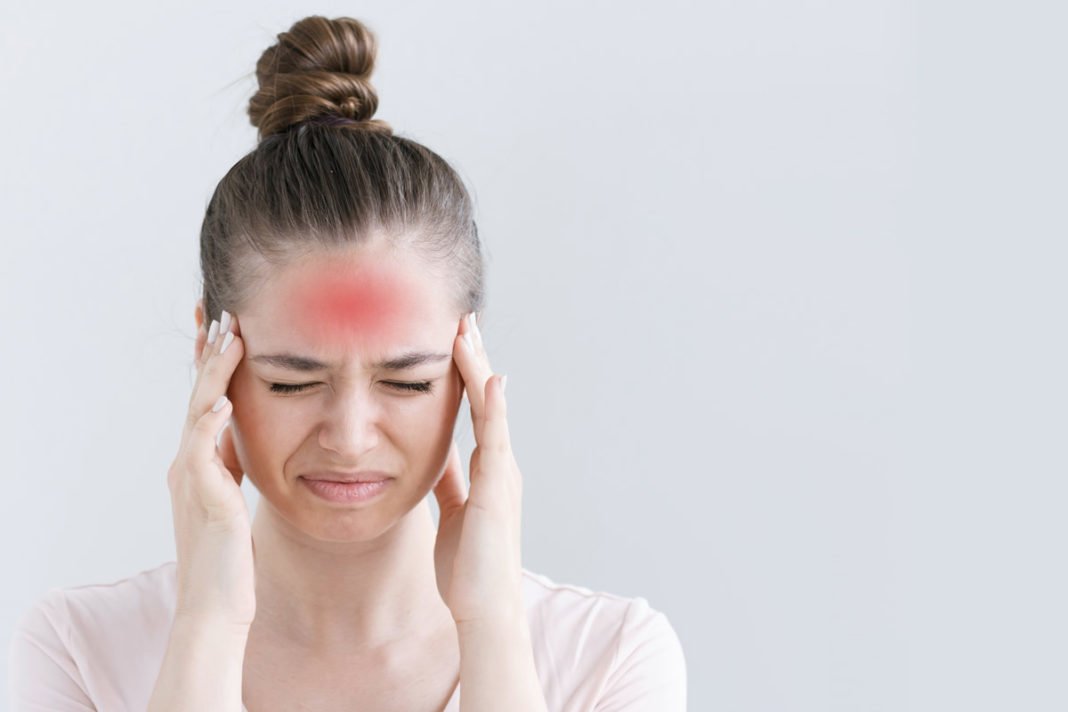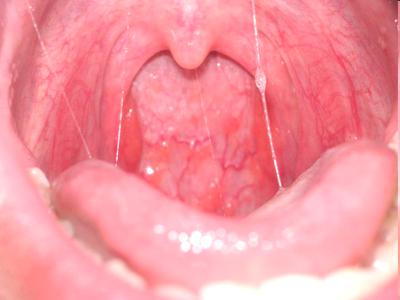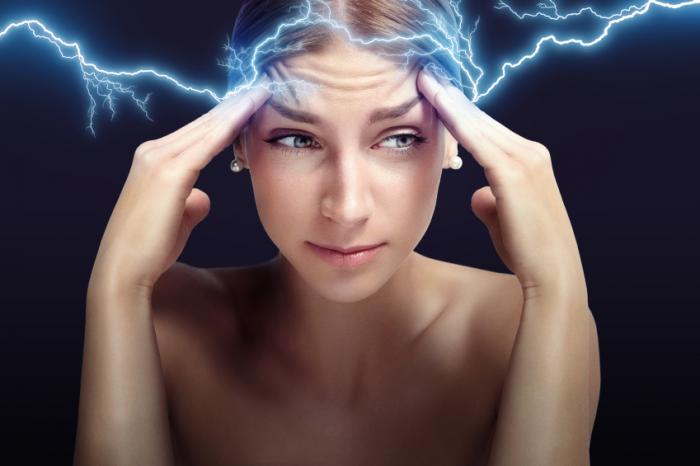Migraine is a term which many people are using to describe any severe headache that they have. Migraine headache is a result of specific changes which are happening in the brain and it leads to the characteristic pain and the associated symptoms of a migraine. This condition is causing severe head pain which is often accompanied by sensitivity to smells, sound or light. [1,2] There are some people who have symptoms of vomiting and nausea. This type of headache usually involves one side of the head. But also there are some cases when patients can experience pain on the both sides of head. The migraine pain is often described as pounding or throbbing pain and this pain can be worse with physical exertion. You should know that not all headaches represent migraines. Migraine is not the only condition which can cause debilitating and severe headaches. Cluster headaches are also severe types of headaches which are affecting one side of the head in the recurrent manner but they are not same with migraine headaches. Migraine attacks can cause you significant pain which can last from hours to days and also it can be severe so this pain is disabling. Aura is a warning sign which can often occur before or with the headache. These can include tingling on one side of the face or in your arm or leg, blind spots or flashes of light. [1,2] There are many medications which can prevent migraines and can make them less painful. You should talk with your doctor about the different types of treatments if you have not found a relief from this condition. In the most cases, the right medicines with some lifestyle changes and some self – help remedies, can improve your condition.
Symptoms of migraine headaches
Migraines are usually happening in childhood, adolescence or in the early adulthood. Migraine can progress through four stages and they are: prodrome, aura, headache and post – drome but you may not experience all the stages. Here are the most common symptoms of migraine headaches:
- Severe pain, usually on one side of the head that some individuals describe as pounding
- Vomiting
- Nausea
- Sensitivity to light or sound
- Eye pain
 Stages of migraine
Stages of migraine
- Prodrome: One or two days before you have migraine, you may notice subtle changes that warn of an upcoming migraine and they include:
- Frequent yawning
- Increased thirst and urination
- Necks stiffness
- Food cravings
- Mood changes, from depression to euphoria
- Constipation
- Aura: This stage of migraine can occur before or during migraines. But in the most cases people experience migraines without aura. Auras are symptoms of our nervous system. Usually in this stage there are visual disturbances such as zigzag vision and flashes of light or wavy. In some cases auras can be speech (verbal), movement (motor) or sensations (sensory) disturbances. [2] Each of these symptoms are beginning gradually which builds up over several minutes and it can last for twenty to sixty minutes. Here are the examples of migraine aura:
- Uncontrollable jerking or other movements
- Hearing noises or music
- Difficulty speaking
- Weakness or numbness in the face or one side of the body
- Pins and needles sensation in arm or leg
- Vision loss
- Visual phenomena, such as seeing various shapes, bright spots or flashes of light
In some cases a migraine aura can be associated with limb weakness – hemiplegic migraine.
- Attack: If migraine is untreated, then it usually last from 4 – 72 hours. The frequency with the headaches is varying from person to person. Migraines can be rare or they can strike several times a month. During a migraine, person can experience:
- Lightheadedness, sometimes followed by fainting
- Blurred vision
- Nausea and vomiting
- Sensitivity to light, sounds and sometimes smells and touch [1]
- Pain that feels throbbing or pulsing
- You can file pain on one side or both sides of your head
- Post – drome: The final phase is known as post – drome and it is happening after a migraine attack. You may feel washed out and drained while other people can feel elated. [3,4] For about 24 hours, you can also experience:
- Sensitivity to light and sound
- Weakness
- Dizziness
- Moodiness
- Confusion
Also there are other types of headaches which can cause severe pain but you should know that not all headaches are migraines. [5] For example, some people are describing the cluster headache as the worst pain they have felt in their lives. The exact causes of migraines are not known.
References:
[1] Noseda R, Bernstein CA, Nir RR, et al. Migraine photophobia originating in cone-driven retinal pathways. Brain. 2016;139(7):1971–86.
[2] Viana M, Tronvik EA, Do TP, et al. Clinical features of visual migraine aura: a systematic review. The Journal of Headache and Pain. 2019;20.
[3] Giffin NJ, Lipton RB, Silberstein SD, et al. The migraine postdrome: An electronic diary study. Neurology. 2016;87(3):309–13.
[4] Charles A. The evolution of a migraine attack – A review of recent evidence. Headache: The Journal Of Head and Face Pain. 2013;53(2):413-9.
[5] Weatherall MW. The diagnosis and treatment of chronic migraine. Therapeutic Advances in Chronic Disease. 2015;6(3):115–23.



 Stages of migraine
Stages of migraine 
